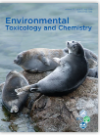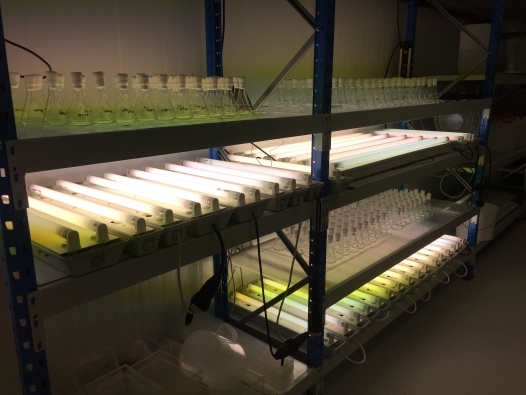Growth stimulation effects of environmentally realistic contaminant mixtures on a marine diatom

Scientific abstract
In order to estimate mixture effects caused by the high number of chemicals simultaneously present in the environment, methods for routine effect assessment of environmentally realistic contaminant mixtures (ERCMs) are needed. Here, we repeatedly exposed the marine diatom Phaeodactylum tricornutum to SpeediskTM passive sampler extracts and observed statistically significant growth stimulation up to 6 % and 7 % for samples from inside and outside the harbor of Zeebrugge, respectively. These effects were found at summed contaminant concentrations (159 – 166 ng L‐1) that were within a 1.1‐ to 2.4‐fold range of those observed in grab water samples taken during sampler deployment. These stimulatory effects were confirmed in two independent tests with extracts stored for <1 or 8 months and that had undergone limited sample handling, while no effects were observed for extracts that had been stored for 16 months and had undergone repeated handling (notably repeated freezing and thawing) before biotest spiking. Targeted analysis by UHPLC‐HRMS was performed to quantify 88 personal care products (n = 8), pesticides (n = 28) and pharmaceuticals (n = 52). Among these compounds, multivariate statistical analysis put forward the β‐blocker atenolol as explaining most of the observed variation in mixture composition between the growth stimulating and no‐effect causing extracts. However, when tested individually over the entire concentration range present in the extracts, atenolol did not have any effect on P. tricornutum suggesting that non‐targeted substances in the extracts may have contributed to the observed stimulatory effects. Nevertheless, our study shows that exposure to contaminant mixtures at environmentally realistic concentrations can lead to small but significant growth stimulation effects on the marine diatom P. tricornutum.

Full reference (link):
Moeris, S., Vanryckeghem, F., Demeestere, K., Huysman, S., Vanhaecke, L., & De Schamphelaere, K. (2019). Growth stimulation effects of environmentally realistic contaminant mixtures on a marine diatom. Environmental Toxicology and Chemistry.
